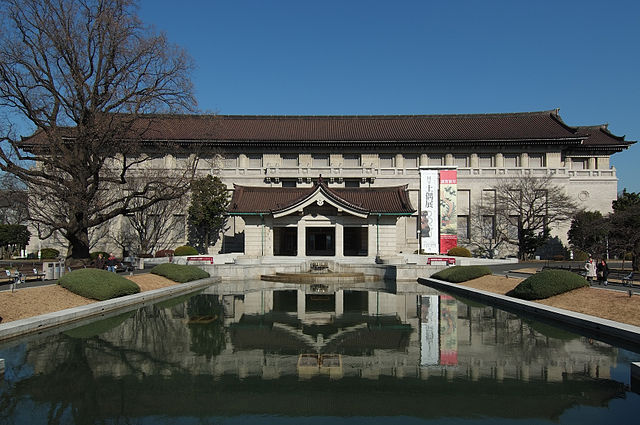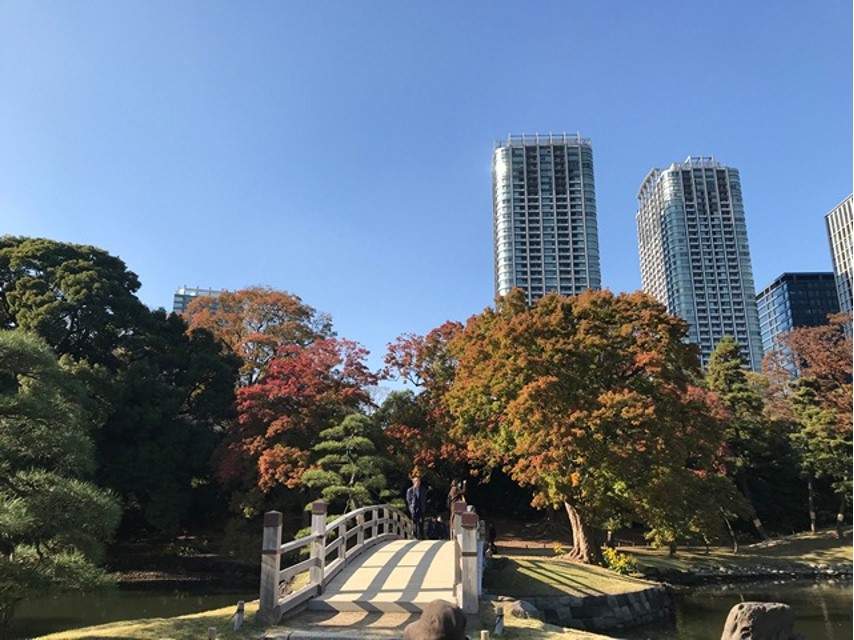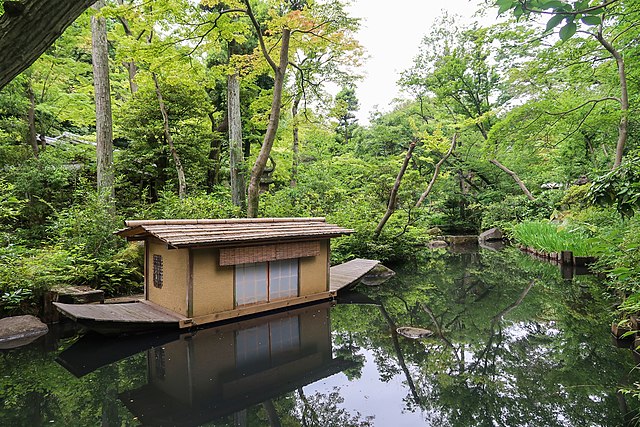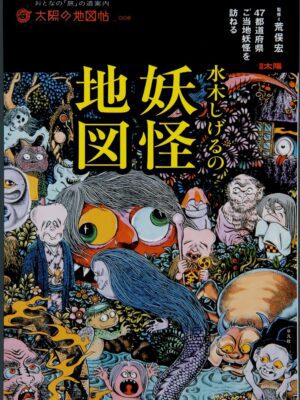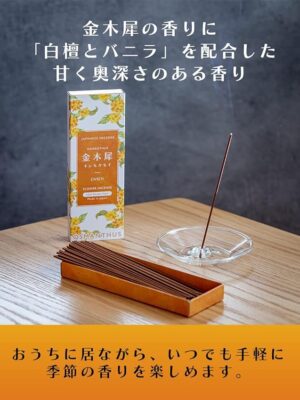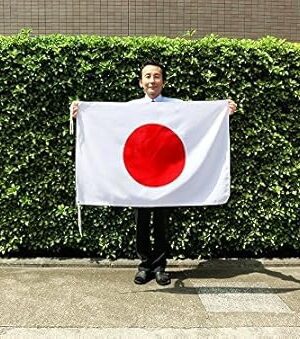Japanese Treasures You Can’t See Anywhere Else
For Japanese art and art works the Tokyo National Museum has a bit of the best of everything, including a traditional Japanese garden.
Information
-
Address:
13-9 Ueno-koen, Taito-ku
-
Contact:
03-5777-8600(connects to an operator)
-
Open hours:
9:30 am – 5:00 pm (entry until 4:30pm)< /br>*Opening times may change. Spring: Garden opens from mid-Mar. to early May; Autumn: Garden opens from late Oct. to late Nov. or early Dec. *May close occasionally due to bad weather.
-
Closed:
Mondays (the following weekday if it alls on a public/substitute holiday). Dec. 29 – Jan. 3
-
Entrance fee:
General ¥620(¥520); university students ¥410(¥310). Prices in brackets are for groups of twenty or more. *Disabled visitors and one caregiver, and high school students or those under 18 years old are free of charge. *Extra charges apply for entrance to special exhibits.
Background and History of the Tokyo National Museum
On the northern side of Honkan (Japanese Gallery) of the Tokyo National Museum is a garden with seasonal flowers and autumn leaves. With a pond at its center and surrounded by five tea rooms, the museum garden preserves the legacy of the Natural Resources research department that used to be part of the museum and therefore boasts many rare shrubs and wild plants. It is also home to a five-story pagoda donated to Horyuji Temple by the fifth shogun, Tokugawa Tsunayoshi, and a monument in honor of the Museum;s first director, Machida Hisanari. The garden is open to the public during autumn and spring. It is a great place to stroll through and enjoy the spring cherry blossoms and autumn leaves.
Features and Sights to See
Ten varieties of cherry blossoms
Ten varieties of cherry blossoms bloom while the garden is open during spring: such as Oshima cherry, Edo-higan weeping cherry, Yama-zakura cherry, Yao-beni-higan-zakura cherry, Kanzan cherry, and Ken-rokuen-kikuzakura cherry. They make spring the most beautiful season in the garden.
Garden origins
The museum grounds used to be part of the Kan’eiji temple. The current main building was where the main temple used to stand, and it is thought that these gardens also used to be the temple gardens. However, there are only a ew parts of the garden that remain in their original rom – the artificial hill to the north of the Toyokan, a small part of the pond, and the gravestones of the Arima family, the feudal lords of Echizen domain.
Historical tea houses
Each of the five houses in the garden has a unique origin. For example, the Tengoan was a tea house that was built in Rokujiro in Fushimi, Kyoto, by tea master Kobori Enshu (1579 – 1647) in order to display the tea caddy “Odaimyo” gifted to him by Prince Hachijo Toshihito, and the Okyokan was built as a study or Myogen’in temple of Owari. It is said that the pictures on its sliding doors were drawn by Maruyama Okyozuka, who stayed at the temple while his eyes were being treated. The original sliding doors are currently stored in a repository or conservation reasons, and their reproductions are displayed in the hall.
About the Author

Pjechorin
Facebook TwitterI have lived and worked with my family in Japan since 2005. For many years I have been interested in the very practical and creative side of Japanese culture. In my free time I travel around, enjoy hiking in the countryside and cities, and just generally seeing and doing new things. This blog is primarily a way for me to focus my energies and record and teach others about what I have learned by experience constructively. I am interested in urban development, and sustainable micro-economics, especially home-economics, and practical things everyday families can do to survive and thrive through these changing times.
Buy me a coffee, or two, or three ;-D
Thanks you for your support!
Other Articles You Might Be Interested In

